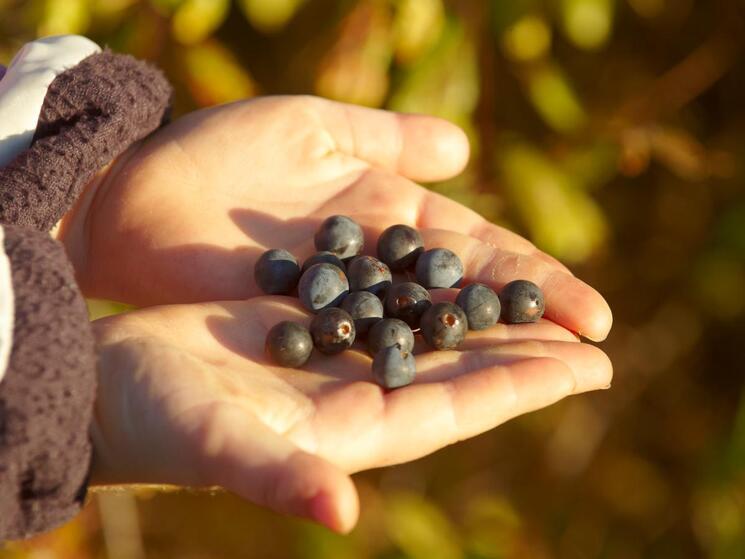
Next California: 50 Years from Today
- Date: 24 July 2020
- Author: Julia Kurnik, director of innovation startups, WWF Markets Institute
We live in uncertain times. Even before the COVID-19 pandemic threw our lives into chaos, we seemed to be hit daily with dire predictions of what the future could look like if we don’t curb greenhouse gas emissions, if we don’t manage our water resources, if we don’t get our consumption in check.
We tend to focus on potential negative outcomes because we need people to know that the stakes for these issues are very high and very real. But it’s important to take a moment to look at a future where we make the right choices. If we kickstart innovation now, invest now, and get the right people to start working toward this common goal now, here’s what the mid-Mississippi Delta could look like 50 years from today:
Farmland still blankets the region and commodity crops remain common, but instead of an unbroken line of soy and rice, specialty crops are intermingled, including berries, nuts, stone fruit, melons, and more. Processing facilities dot the region. Refrigerated trucks carry produce to regional markets and distributors to serve central and eastern US markets.
Farmers who previously couldn’t support themselves on farming alone now make a tidy profit with higher value produce and can be dedicated farmers. Co-ops are common, allowing farmers to share expensive new machinery and housing for laborers. Labor groups have streamlined the process, providing farmers timely access to workers while ensuring that laborers enjoy a steady stream of work and can benefit from vested equity in some of the new businesses. Meanwhile, the Mid-Delta is known for agtech innovation as it debuts robots capable of picking delicate strawberries and peaches.
With associated industries flourishing, the unemployment rate is down and previously disenfranchised groups, like women and minorities, have now become specialty crop farmers through innovative partnerships and business models and supported by policy provisions changing land tenure laws to ensure equitable access. Farming has diversified and revitalized many of the small towns dotting the rivers. People are moving back to the region.
Finally, fresh food is abundant. A significant portion is sold to local farmers markets, retailers, hospitals, schools, universities, and restaurants, providing needed nutrients to the local population. Food that is shipped to other states is shipped shorter distances than from California, leading to fresher, tastier, and more nutritious produce, as well as less food waste. Diversified crops have reinvigorated the soil, adding in nutrients and leading to less fertilizer use, and pollinators flit from plant to plant. Some previously little-known fruits, such as paw paws and persimmons, are widely demanded and bring renown to the region.
There are more investments to be made and more issues to tackle, but the Mid-Delta now serves as an example of how environmental sustainability, economic development, and financial profit can be mutually reinforcing.
Previous posts in this series: